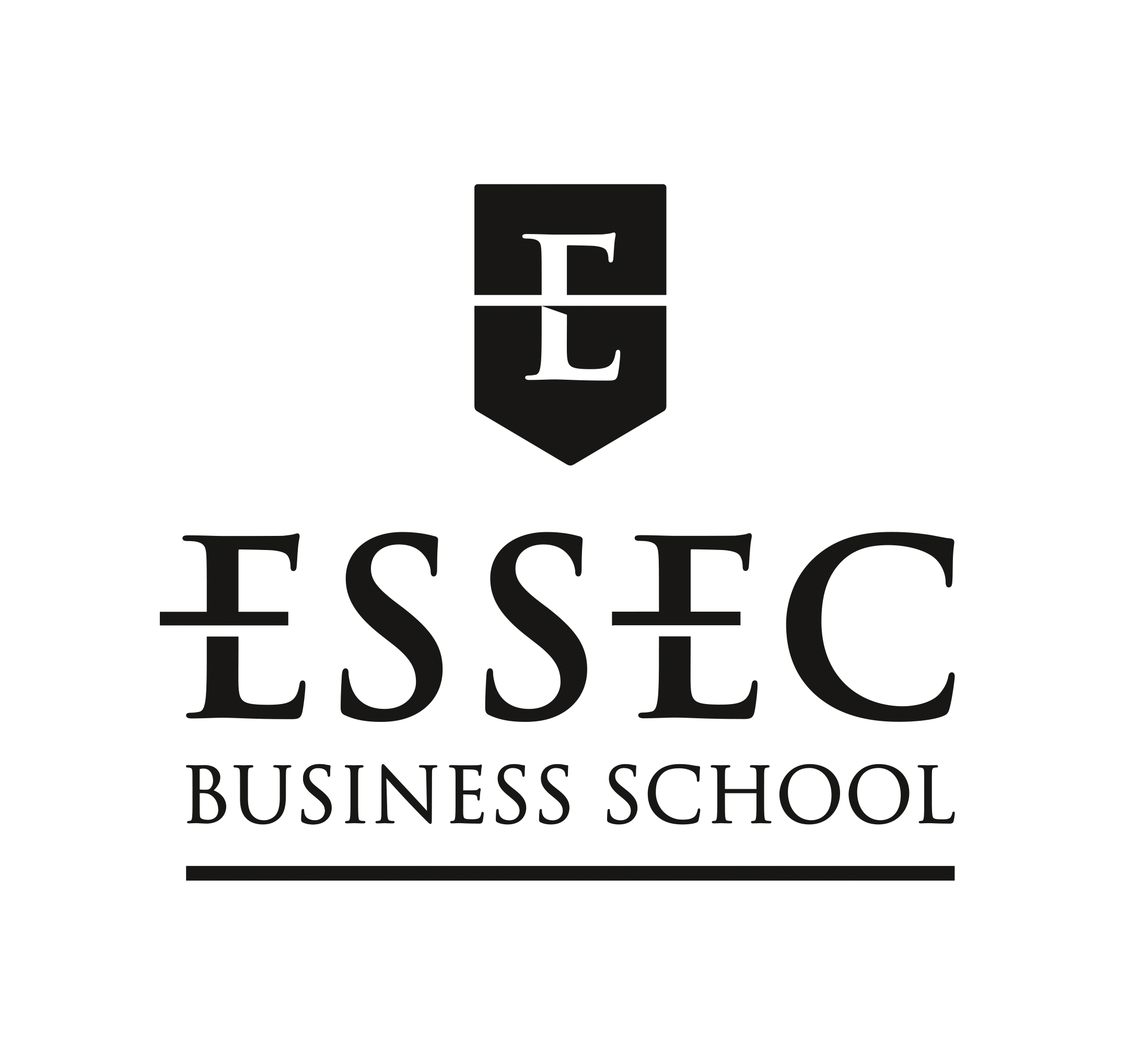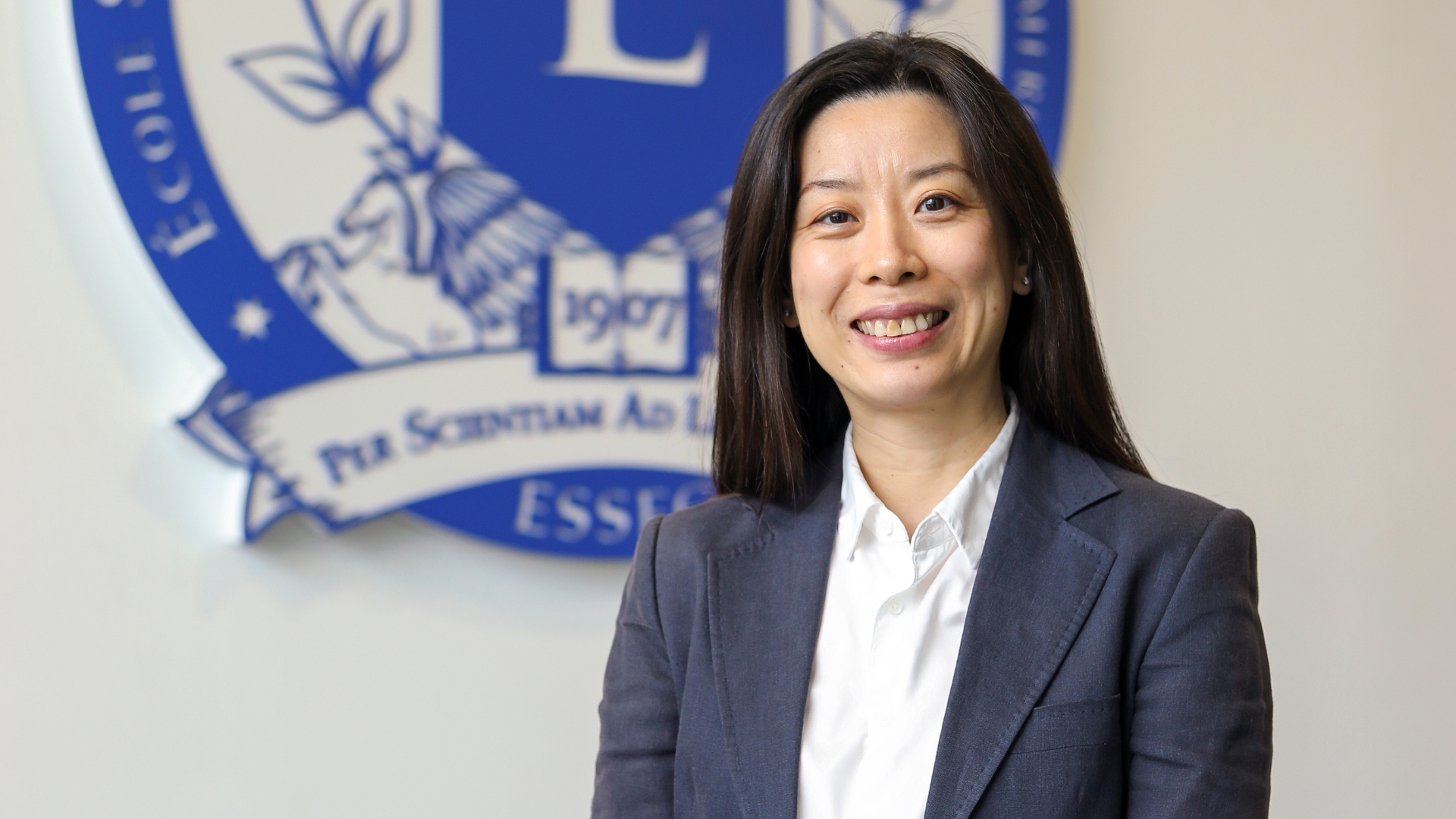One highlight of the ESSEC Asia-Pacific’s Master in Finance (MiF) program is that students can specialize in one of three tracks from the second term onwards: Financial Markets, Corporate Finance, and Fintech & Analytics.
But which track should one choose? And what impact will this have on their future career? Peng Xu, Associate Academic Director of the MiF program, tackles some of the students’ most common questions.
Which track should I choose?
To understand, Xu recommends looking at how finance flows through the market.
On one end of the spectrum are investors who wish to grow their money. This is what the Financial Markets track is for: “Its immediate focus is on how investors interact with the financial market and how different securities in the financial market work,” Xu says.
At the other end of the spectrum are firms that must raise capital for growth and reinvest the profits. The Corporate Finance track addresses these needs by equipping students with the skill sets to meet companies’ financial requirements–from raising capital and purchasing assets to doing mergers & acquisitions.
Finally, the Fintech & Analytics track cuts across the entire spectrum of finance roles. This is aimed at addressing the finance industry’s increasing digital transformation requirements.
What roles does each track equip me for?
Students in the Financial Markets track take courses like Derivatives Pricing & Trading and Corporate Treasuries & Markets—preparing them for roles in quantitative finance, risk management, asset and portfolio management, trading, and more.
Those in Corporate Finance, on the other hand, have core modules on private equity and project finance.
“With this track, you can work in financial advisory for a firm. You help the firm do mergers & acquisitions, help them raise equity through an IPO, or work with venture capitalists.
You can also join the company’s finance team as a Chief Financial Officer,” Xu shares.
She adds: “With so much digital disruption in the financial industry, the skills gained from the Fintech track will be useful whether you end up in the financial markets, at an investment bank, or working for a firm.”
This is particularly so because the track offers a capstone project for students to gain real-world experience by working directly with financial institutions on their digital challenges.
It opens doors to many different roles and is suitable for students with technical, data-driven, or engineering backgrounds who wish to apply their knowledge to the finance industry and any existing finance professionals who want to understand how to use technology in their future jobs.
Will I have the option to take an internship under each track?
Yes. Students from all tracks can choose between a four-to-six-month internship or an academic dissertation.
Many MiF students who have opted for an internship have completed them at prestigious financial institutions, such as J.P. Morgan, Standard Chartered, Citi, and more.
Academic dissertations are suitable for students who are interested in exploring cutting-edge topics in the field of finance and wish for exposure to financial research.
What if I haven’t decided what career I want to pursue?
That’s alright, Xu says, noting that it’s normal for some students to be unsure about what they want to do after graduation.
In other cases, some may be keen on roles like portfolio or asset management, which span both corporate finance and financial markets, and, as a result, be unsure of which is more suitable.
In these cases, she works closely with the students to evaluate their backgrounds vis-à-vis what they plan on pursuing.
“I will talk to them and learn about their background and what they really want to do so I can advise them on which track is most suitable for their goals,” Xu says.
Can I customize my program by taking modules from other tracks?
You can take modules from other tracks as electives. Likening the program offerings to a “good buffet,” Xu says: “You can have as much ‘good food’ as you want—there’s no upper limit of how many courses you can take, only a lower limit.”
With this flexibility in mind, she adds, one can be assured that the MiF program at ESSEC Asia-Pacific is easily customizable to meet your unique career goals, no matter the track you choose.
RELATED POSTS
Students from Southeast Asia on Dean’s List
Three Southeast Asian Global Bachelor of Business Administration (BBA) students—Éloïse Le, Janice Augustine, and Olivia Gunawan—achieved Dean's List…
What ESSEC SMIB Students Learned from Vietnam’s Top Companies in Just 5 Days
ESSEC Master in Strategy & Management of International Business (SMIB) students spent five impactful days in Ho Chi Minh City, gaining real-world…
Bridging Tomorrow: ESSEC-CentraleSupélec’s Revolutionary AI and Management Bachelor
Innovative program combines elite business education with cutting-edge engineering at Europe's prestigious institutions.
Specialized Prestigious Tracks: Elevating Global Business Excellence at ESSEC
ESSEC's Global BBA offers elite international tracks that transform students through immersive cross-continental learning experiences, prestigious…
The Asian Strategy Challenge: Real-World Consulting Experience
ESSEC's Asian Strategy Challenge transforms SMIB students into strategic consultants through intensive, real-world business problem-solving with…
Global Exposure: The Impact of Study Trips on SMIB Students
SMIB study trips to Bangkok, Dubai, and other global business centers provide transformative international exposure, developing cross-cultural…








